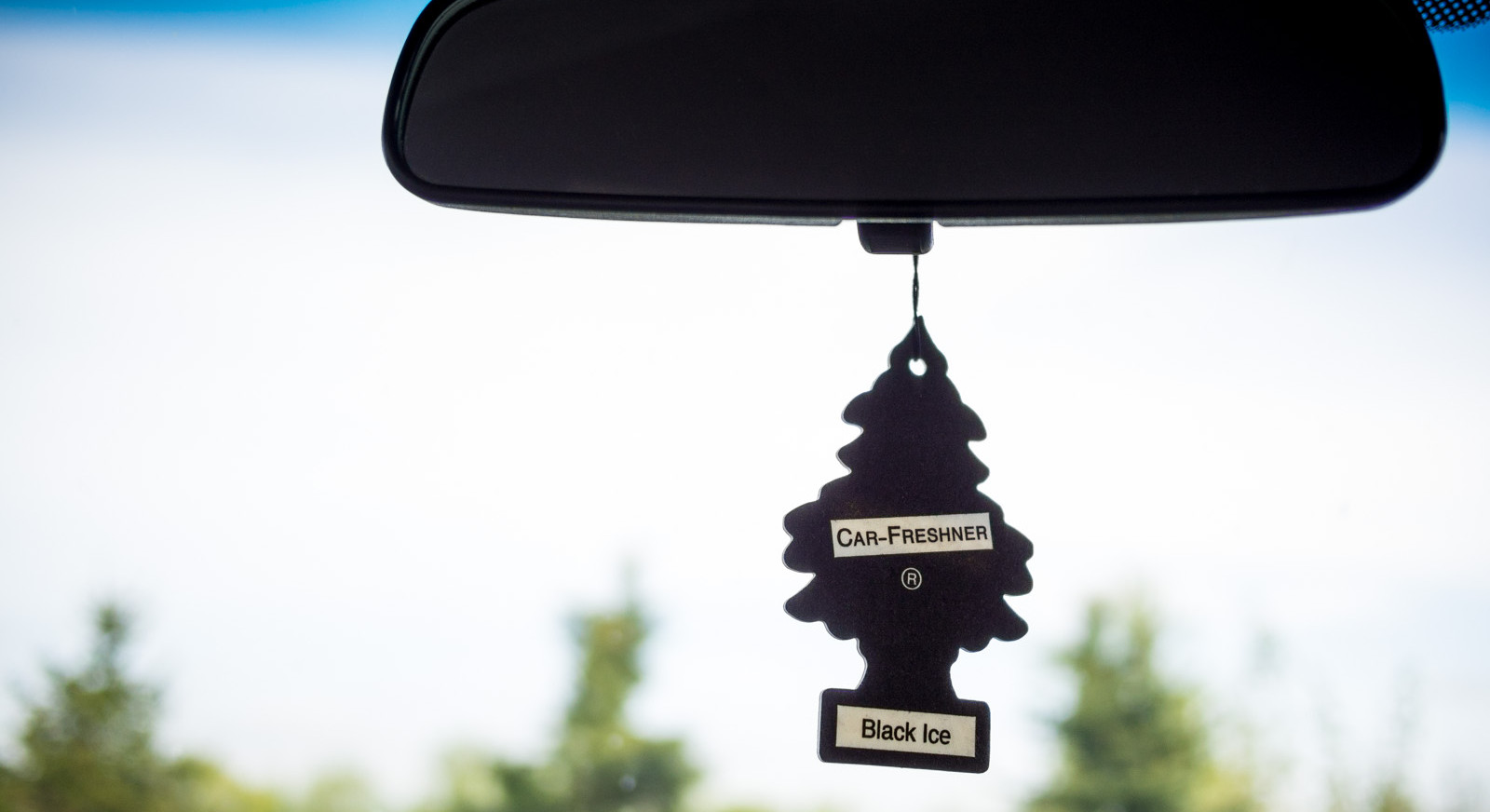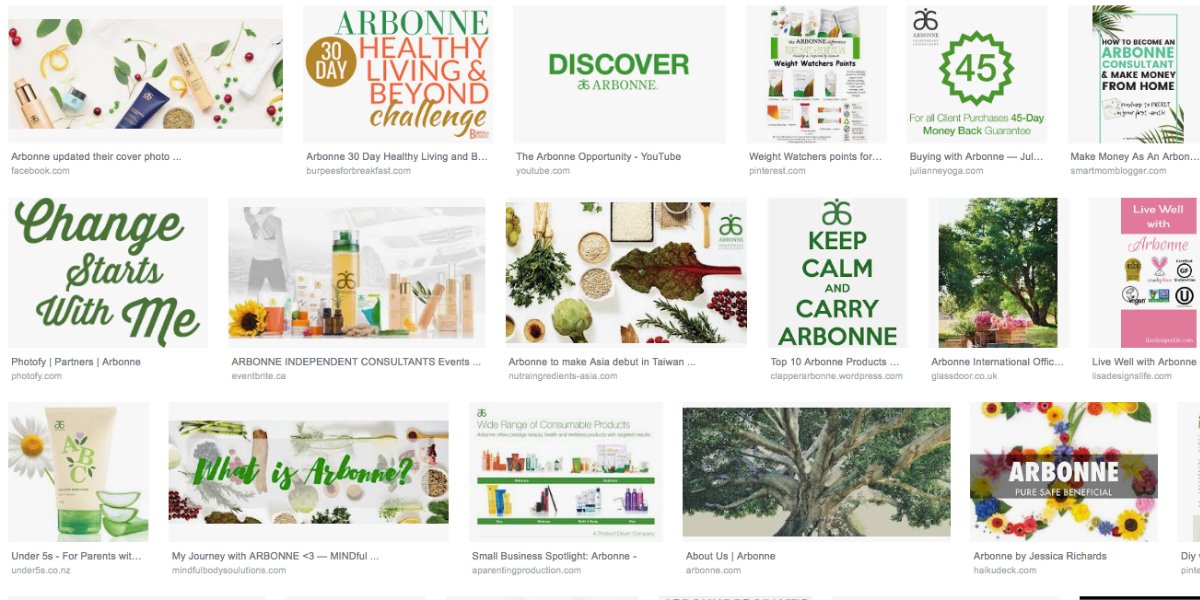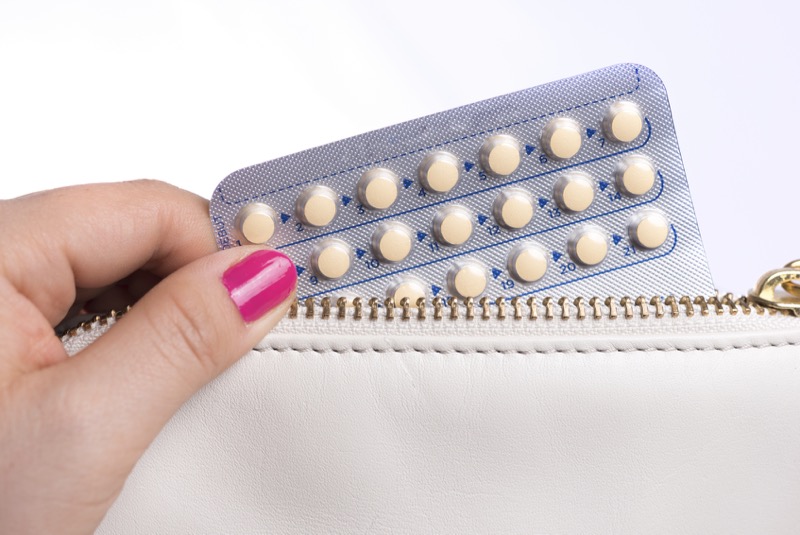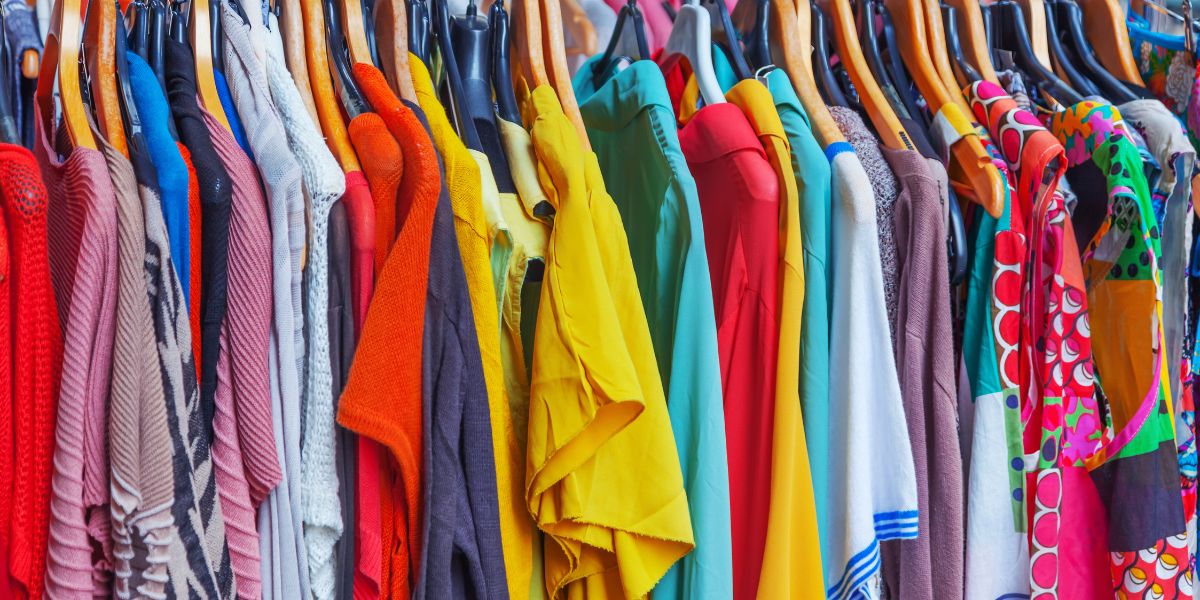The UnFreshening Ingredients In Toxic Air Fresheners

I have never been a fan of air fresheners in cars. The main reason is that I am highly prone to motion sickness – I mean, it can happen even when I’m the one driving. These days, however, I am rarely the driver. My husband and I share a car and I mostly completely love the car sharing economy, which has made it more affordable and convenient to get around. It’s actually quicker and cheaper for me to call an Uber to get to most places downtown than to drive, find parking and pay for it.
But then there’s this air freshener issue. On a recent trip I took, I was picked up by Mohammed, an Uber X driver who clearly read the How To Be A Great Uber Driver Manual – offering me a bottle of water (in the BPA-leaching kind of bottles), some mints (the aspartame-sweetened kind of mints), a charger for my phone (he had cords for every type of phone), and there from his rearview mirror hung his Uber issued (and branded) air freshener.
The bottled water and mints I could politely decline. But the air freshener – that bit wasn’t up to me to decide and that’s not okay. I definitely don’t want to ride in any car, plane, train or even sit in someone’s home that smells like fast food or wet dog, but wouldn’t simply keeping these spaces clean do the trick?
The thing is, air freshener isn’t actually freshening anything at all. They work by spraying a whole bunch of chemicals that simply mask the smelly air, while exposing us to an inhalable toxic cocktail that bypasses most of our organs of detoxification by coming in through our lungs and skin, where they rapidly enter our blood stream and then make their way around the body.
The scariest part of this is that it’s incredibly difficult to determine what is actually being used in these sprays and those car-sickness-making-swinging-pine-trees with scents like “Black Ice” and “Royal Pine”. In one can of Febreeze, though only 3 ingredients are listed on the can, the Environmental Working Group disclosed 89.
4 Common Air Fresheners Chemicals
1. Fragrance
Cheesy product names like ‘Cool Linen’, ‘Tropical Breeze’ and ‘Beautiful Sunset’ attempt to capture our scent memories, but companies have to recreate those scents artificially – and fragrance is often how they do it.
Unfortunately, ‘fragrance’ is an umbrella term and can include many, many chemicals that are mixed together, usually to mask the smell of the other gross-tastic toxins in the product. And the kicker? Those individual chemicals don’t have to be listed on the label, making it challenging for us consumers to actually figure out what we’re smelling or slathering on our skin.
How fragrance harms our health: Fragrance is linked to allergies, asthma and other respiratory concerns, hormone disruptions and may be linked to reproductive issues.
2. Formaldehyde
Formaldehyde is a chemical used in many household products and building materials. It’s also used as a fungicide, disinfectant and preservative in medical labs.
How formaldehyde harms our health: Immediate reactions might include skin irritations, coughing, burning in the eyes, nose and throat, or nausea. But the long-term effects can be much more grave. The Environmental Protection Agency says that chronic exposure can be linked to allergic contact dermatitis, respiratory lesions and even cancer. More specifically, the National Cancer Institute outlines studies where researchers have found links between formaldehyde and leukemia.
3. BHT
Butylated hydroxytoluene (BHT) is an additive found in a wide variety of processed foods, but it’s also used in cosmetics, cleaning products and in petroleum products (um, do you want to eat your jet fuel?).
How BHT harms our health: The David Suzuki Foundation outlines a wide range of effects BHT can have on us. It can potentially damage our livers and kidneys. It can mimic the effects of estrogen and inhibit male sex hormones. And it can promote the growth of tumours.
4. Acetaldehyde
While this compound is found naturally in nature and is produced by the body, it is also used synthetically in perfumes and dyes, as a preservative in fruit and fish, and as a solvent in the rubber, tanning and paper industries.
How acetaldehyde harms our health: This ingredient, according to the Environmental Working Group, is connected to allergies, asthma, cancer and skin and respiratory irritation, plus it may cause problems to our reproductive systems.
Want to learn more? Join us for our popular online course, Healthy at Home.
Non-Toxic Air Freshener Alternatives
Of course, as I said, no wants to sit or drive around in a stink pit. There are amazing natural options that won’t give you cancer, or impair the reproductive development of your unborn child.
- Start where odour starts: Find the source of the odour. Air fresheners don’t destroy odours, they just cover them up by messing with our sense of smell. Discover what is making your environment so stinky – dirty laundry, a messy sink, a household pet that rolled around in the mud? – and clean it up (using non-toxic cleaners, of course).
- Crank open a window. If something is smelly, use nature’s air freshener – actual fresh air! You’ll be surprised at how a real breeze – not a fake ‘Tropical Breeze’ – can improve odours.
- Essential oils. I love, love love essential oils. Many of them are naturally anti-fungal and anti-bacterial. Pop your favourite into a diffuser and let that goodness circulate in your home instead. If you’re in a car, simple adding a few dabs in discreet places like on the dashboard, under the seats where they won’t make direct contact with clothing, or on the roof can be very helpful. Bonus: you can even use oils like peppermint, bergamot or lavender, which will freshen the air while also warding off motion sickness. Other awesome oil options would include white fir, pine, cedar, or even lemongrass.
- DIY Sprayable Air Freshener: As you’ll often find in yoga studios, you can make your own natural disinfectant surface or air spray. Just mix a few drops of your favourite essential oil with water in a spray bottle. Shake before spraying. All good!
- Kick It Old School with Baking Soda: Use a good ‘ol box of baking soda. Seriously. It’s nature’s deodorizer. Place some baking soda in a dish and leave it out. Sodium bicarbonate has the natural ability to pull odours out of the air.
- Clean: Yes. Cleaning with a duster, a vacuum, some cloths and a bottle of white vinegar and a rag will also effectively do the trick in most cases.
As for Uber, Taxis and Other Enclosed Public Spaces
Just as it’s no longer legal to smoke in public places, air fresheners and other fragrances should be part of this restriction. As a customer, we shouldn’t have to endure this kind of toxic exposure, simply as a gift-with-purchase of using the service. Sure, if you want to buy a perfume, you will walk into a perfume store and you will inhale the chemicals – but you’re buying a perfume, so that’s what you chose. Getting a ride in car shouldn’t have to involve the same unrelated consequence.
When it comes to taxis and ride sharing programs, if we, as the customer, are hiring this service and we can ask to have the radio, heat or air conditioning turned up, down or off, and choose if we want the windows opened or closed – shouldn’t we also have the right to a fragrance-free ride?
As for my ride with Mohammed to my acupuncture appointment last week, I debated for the first half of the ride, and then finally said something. I explained what these air fresheners could to do to men’s health, bringing down testosterone levels, imbalancing estrogen levels, and the damage to the lungs and brain. He clearly wants to ensure his passengers are having the most ideal experience.
He took down his Uber branded air freshener and said he would mentioned it to the company. In case he doesn’t, perhaps you could?
Free Resource Library
Enjoy more than 40 downloadable guides, recipes, and resources.


























